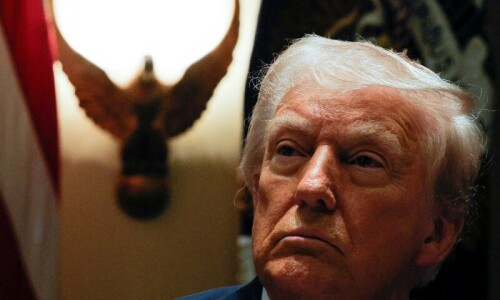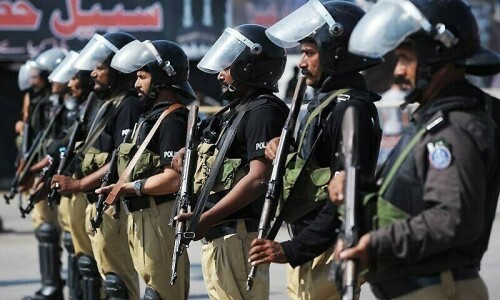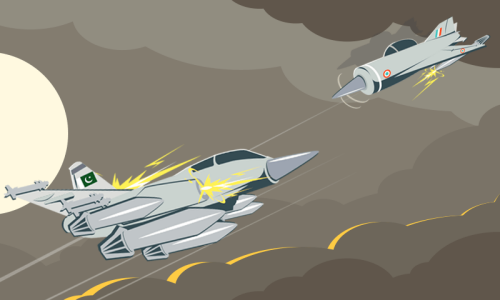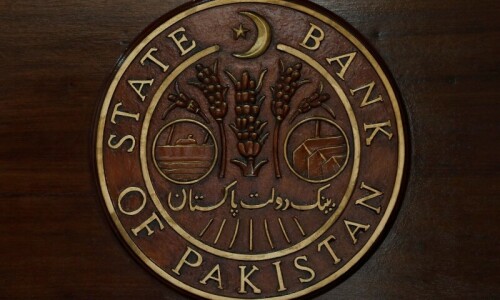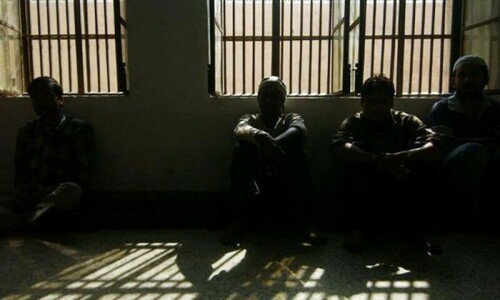KARACHI: The exchange rate remained stable during the week that ended on Friday, but speculation about the rising dollar unnerved the financial sector and other stakeholders in the economy.
“There is no indication about any big change in the exchange rate, but media reports about a big jump in the greenback’s value in the next fiscal year could puncture the current stability,” said Atif Ahmed, a currency dealer in the inter-bank market.
Currency experts said inflows in the shape of remittances and foreign direct investments improved during the second half of the current fiscal year, FY24.
“The short-term scenario for the exchange rate is stable since inflows are high and we have sold $400 million to banks in April,” said Zafar Paracha, General Secretary of the Exchange Companies Association of Pakistan.
Fast changing global, region situation may impact PKR
“A prediction for long-term stability in the exchange rate is difficult since the global and regional scenes are changing fast amid wars and conflicts,” he said.
He cited the Gaza tragedy, the war in Ukraine and Pakistan’s relations with Afghanistan as factors which can affect exchange rate stability.
According to analysts, the domestic political and economic situation are deciding factors, among others, which determine the exchange rate in the long term.
The country is facing protests from wheat-producing farmers, a political tussle and agitation against the government, standoff on the border with Afghanistan and worsening law and order, particularly in big cities like Karachi and Lahore.
Bankers said the current account deficit had gone down to just $202m during the first 10 months, meaning it could be zero by the end of the next month.
“This extremely low current account deficit is a source of stability for the exchange rate. It shows that the government would be able to meet external debt obligations in FY25,” one banker said.
However, the financial sector noted reports with concern that the IMF was not open and clear about the new package for Pakistan. The IMF is insisting on a drastic cut in expenditure and generation of more revenue in FY25.
The lender has also expressed concern about the burgeoning debt servicing, which leaves nothing for the government to spend and forces it to borrow from banks. During the first 10 months of the current financial year, the government paid Rs5.5 trillion as mark-up on debts.
Currency experts said forward booking by exporters had brought premiums down for one-, two- and three-month purchase, contributing to higher liquidity and exchange rate stability.
Market reports suggested that the dollar gained nine paise against the rupee (PKR) in the inter-bank market this week. It was not a significant gain and proved the PKR’s tenacity.
Published in Dawn, May 19th, 2024

















